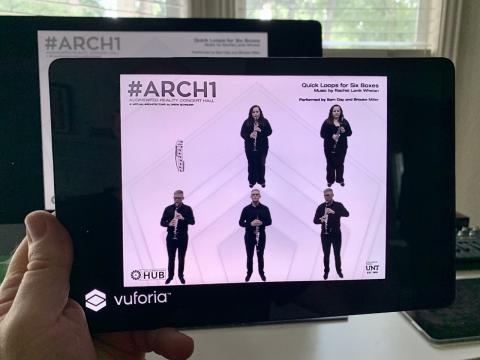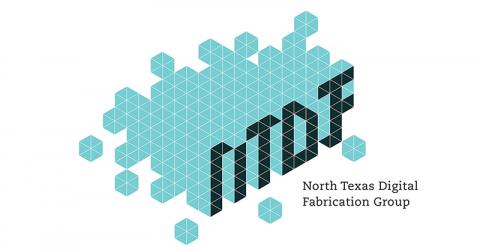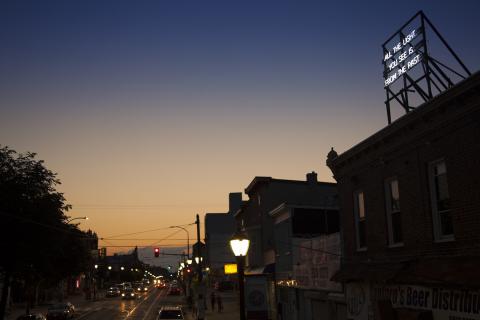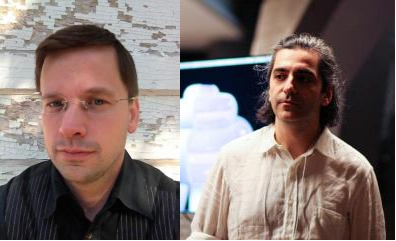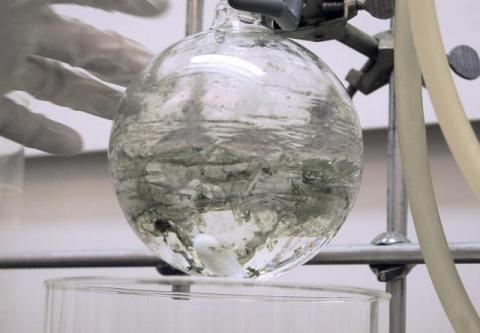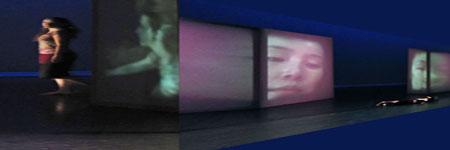Drew Schnurr, Assistant professor in Composition and Media Arts, has collaborated with various music faculty and artist Jenny Okun to produce the Augmented Reality Concert Hall, an interactive app for tablets and smart devices that seeks to use augmented reality to create a unique interactive music experience. ARCH I, the first iteration of the project, utilizes a two-dimensional poster that is recognized by the app, which then allows the user to interact with pre-recorded videos of performers in modular musical performances.The interactive interface enables a unique performance of a selected piece, molded by the curiosity and creative agency of the listener in real time. By giving individual audience members limited control over their musical experience, Schnurr’s project subverts the traditional divisions of performer, composer, and audience and enables the audience member to assert themselves as a fundamental part of the creative process.
Using compositions by Joseph Klein, Kirsten Broberg, Bruce Broughton, Sungji Hong, and Drew Schnurr, ARCH’s approach to musical structure is both modular and highly mutable, allowing users to control individual musicians in complex and interlocking layers. As the app populates the screen with performers, the user’s environment is augmented and transformed into a musical performance space. By using preexisting space and augmenting it with virtual performers, ARCH seeks to increase audience immersion and blur the binary between virtual space and physical reality.
Future plans for ARCH include developing experiences for wearable AR devices that heighten this sense of immersion and enable more dynamic and varied musical experiences in a variety of spaces. Other avenues of exploration for ARCH II and beyond include utilizing three dimensional spaces, site-specific performances, and democratic audience experiences, where user data is collected and interpreted to dictate large-scale performances.
Drew Schnurr serves as the project leader and artistic director of ARCH. Other major contributors include composition area graduate assistants Mike Smith, an early technical assistant and consultant; Jake Thiede, Unity programmer and technical assistant; and Rachel Whelan, video and audio production manager.Additional contributions were made by Gayatri Sravani, computer scientist and technical assistant.


